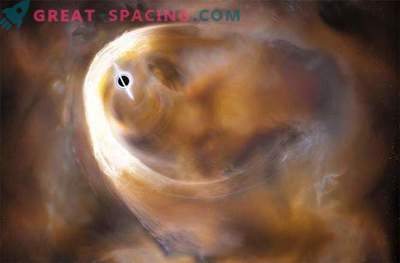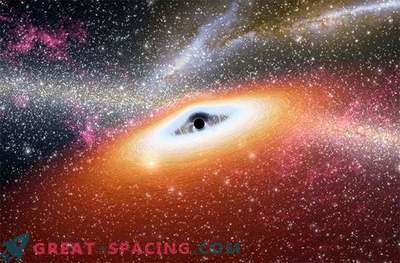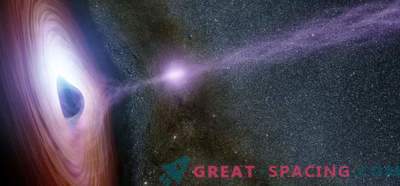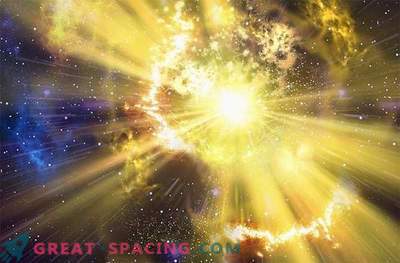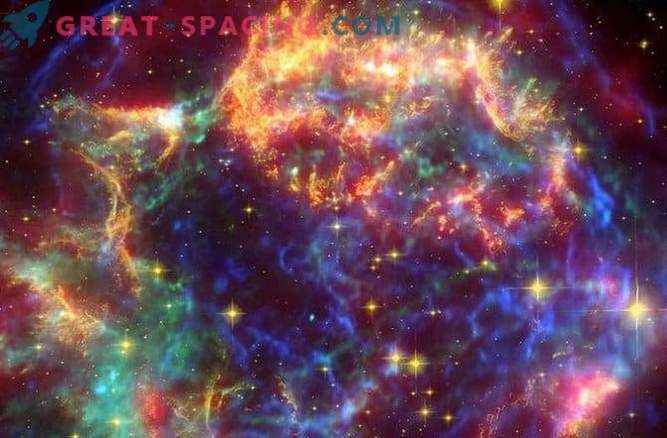
Astronomers have discovered a monster black hole, 17 billion times more massive than the Sun, in a modest-sized galaxy, raising suspicions that supermassive black holes may be much more common than originally thought.
Black holes are areas where matter is so packed that even photons of light cannot avoid the gravitational curvature of space.
The largest black hole found so far has a mass of 21 billion times the mass of the Sun. For comparison, the black hole in the center of the Milky Way galaxy, called Sagittarius A, is about 4 million times the mass of the Sun.
The newly discovered black hole is located in an isolated medium-sized galaxy, known as NGC 1600. It was investigated as part of an ongoing survey of 100 of the most massive galaxies within 300 million light-years from Earth.
“Probably there are black holes in the centers of all these galaxies. The question we would like to highlight is how massive these black holes are and whether there are more massive ones than the one we found in NGC 1600,” wrote astronomer Chun-Pei Ma from the University of California at Berkeley in an e-mail to Discovery News. “We don’t know now whether NGC 1600 is the tip of the iceberg, or is it a rare find, possibly in the process of an unusually voracious phase during its youth,” she added.
Nevertheless, we have to admit that the black hole in NGC 1600 is a curiosity, about 10 times larger than what astronomers would have expected for the size of a galaxy in a similar place.
“The relationship between black holes and their galaxies is more complex and depends on the nutrition history of the black hole in addition to its location. Educate and nature determine the final dimensions of these black holes,” Ma said.
As a rule, supermassive black holes make up about 0.2 percent of the mass of their galaxy. The black hole in NGC 1600 is 2, 1 percent of the mass of the galaxy.
One idea is that NGC 1600 is a “fossil” system, wrote astronomer Jens Thomas of the Max Planck Institute for Extraterrestrial Physics in Germany in a discovery email.
Unlike other groups of medium-sized galaxies, which typically contain a family of several, similarly massive galaxies, the NGC 1600 group can be formed in a slightly different form that quickly merges into a massive single galaxy, Thomas said. “This will mean that the NGC 1600 environment is 'empty', because evolution has been faster and the environment has already been spent,” added Thomas.
Another explanation for the NGC 1600 black hole is that it is actually a pair.
"Our current data cannot tell whether it is single or double," said Ma. She hopes that the planned studies of low-frequency gravitational waves will be able to solve this mystery.
A study published in Nature this week.
